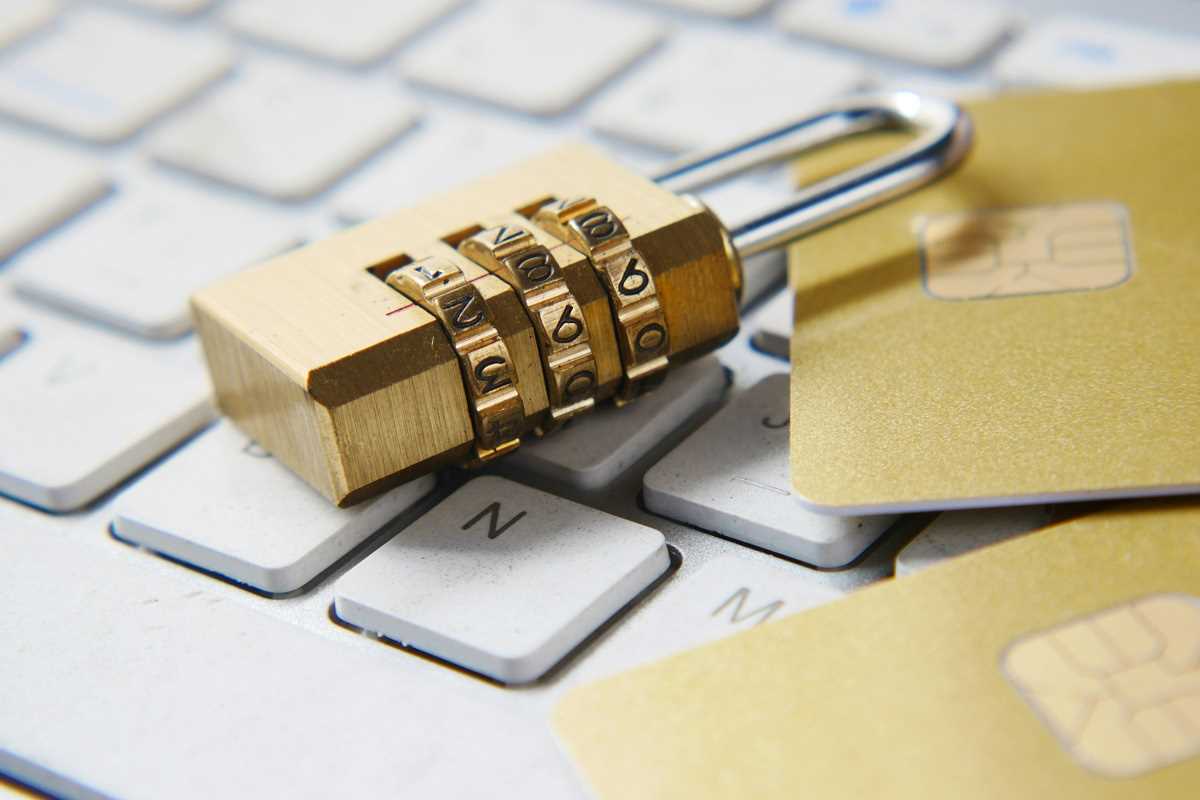The digital revolution has done wonders for convenience—think online banking, mobile transactions, and even the simplicity of contactless payments. But with great convenience comes even greater risks. Financial data, often called the crown jewel of personal information, has become a lucrative target for cybercriminals. This is where cybersecurity steps in as the unsung hero, tirelessly working to protect sensitive information from falling into the wrong hands. But why is cybersecurity so essential, and how can individuals and businesses stay ahead of growing threats? Let's break it down.
The High Stakes of Financial Data
Money makes the world go round—and it also makes it a hotbed for cybercrime. Financial data includes credit card numbers, bank account details, tax records, and transaction histories. With this information, bad actors can wreak havoc, from identity theft to draining accounts or leveraging stolen data for large-scale fraud.
The allure of financial data has only increased as more transactions move online. Cybercriminals don’t even need to set foot in a bank to stage a heist anymore; they just need to exploit a vulnerability in a company’s systems or trick someone into clicking on a malicious link. This high-stakes game puts individuals and organizations constantly at risk.
Threats Lurking in the Shadows
Cybersecurity threats come in all shapes and sizes—and they’re more unpredictable than a plot twist in a binge-worthy drama. Here are some of the most common threats targeting financial data today:
Phishing Attacks
- You’ve probably seen this one firsthand—a suspicious email claiming you’ve won a free trip or asking you to “confirm” your banking details. Phishing scams manipulate emotions to trick people into revealing sensitive information.
Ransomware
- Imagine your company’s entire financial system is suddenly locked down, and cybercriminals won’t unlock it until you pay them in Bitcoin. That’s ransomware—one of the most devastating attacks businesses face today.
Data Breaches
- Major corporations have been hit by massive data breaches, causing financial losses and tarnished reputations. These breaches often stem from weak cybersecurity frameworks, making sensitive customer data an easy target.
Insider Threats
- Sometimes the danger comes from within. Disgruntled employees or negligent insiders can be inadvertent or purposeful threats to an organization’s financial security.
The Fallout of Cyber Attacks
When financial data is compromised, the consequences can be catastrophic. For businesses, a single breach can mean losses running into millions of dollars due to stolen funds, lawsuits, and penalties. Not to mention, the long-term damage to their credibility is usually a death knell for customer trust.
For individuals, the impact is just as frightening. A stolen identity can lead to drained bank accounts, fraudulent credit lines, and months (or even years) of wrestling with financial repair work.
Worse yet, cybercrime doesn’t just end at financial losses. It erodes confidence in the systems and institutions people rely on. Imagine feeling wary every time you enter your credit card info online or suspicious about checking your bank account—this constant unease can strain both businesses and their clientele.
Best Practices for Cybersecurity
The good news? Cybersecurity has evolved tremendously, and adopting best practices can significantly reduce vulnerabilities. Here’s what businesses and individuals alike can do to protect financial data from falling prey to cyber criminals:
Encryption is Your Best Friend
- Encryption essentially scrambles information so that even if cybercriminals intercept it, they can’t make sense of it. Think of it as turning your most valuable data into a puzzle that’s nearly impossible to solve.
Adopt Multi-Factor Authentication (MFA)
- Relying on just a password to protect financial accounts is like locking your front door but leaving the windows open. MFA adds an additional layer of security by requiring a second form of verification, like a unique code or a biometric scan.
Regular Security Audits
- Don’t wait for a breach to find out where your defenses are weak. Proactively perform security audits to identify and correct vulnerabilities in your systems.
Educate Employees and Users
- One untrained employee clicking on a phishing email can bring down an entire system. Whether you’re protecting a business or your own finances, staying educated about the latest scams and cybersecurity practices is crucial.
Keep Software Up to Date
- Software updates often include vital security patches. Ignoring those “update now” notifications can leave you exposed to known vulnerabilities.
Backup Financial Data Regularly
- Backups ensure that even in the worst-case scenario (like a ransomware attack), you can restore your financial data without caving to a hacker’s demands.
If you think the current digital era is wild, just wait—it’s likely to get even wilder. Emerging trends like AI-powered financial tools, cryptocurrency, and blockchain bring fresh opportunities but also new risks.
Artificial intelligence and machine learning are being deployed to improve cybersecurity, enabling systems to identify and mitigate threats in real time. But as tech evolves, so do the hackers. They’re also using AI to carry out sophisticated attacks, like deepfake impersonations or advanced phishing schemes.
Meanwhile, blockchain technology—which many view as inherently secure—might reduce some financial risks but brings its own vulnerabilities. Crypto-wallet hacks and volatile digital exchanges are clear reminders that even the newest innovations require constant security vigilance.
The increased reliance on interconnected systems also makes cybersecurity a community-wide effort. Governments, corporations, and individuals will need to work together, creating stronger regulations, sharing insights, and staying one step ahead of cyber threats.
 (Image via
(Image via





